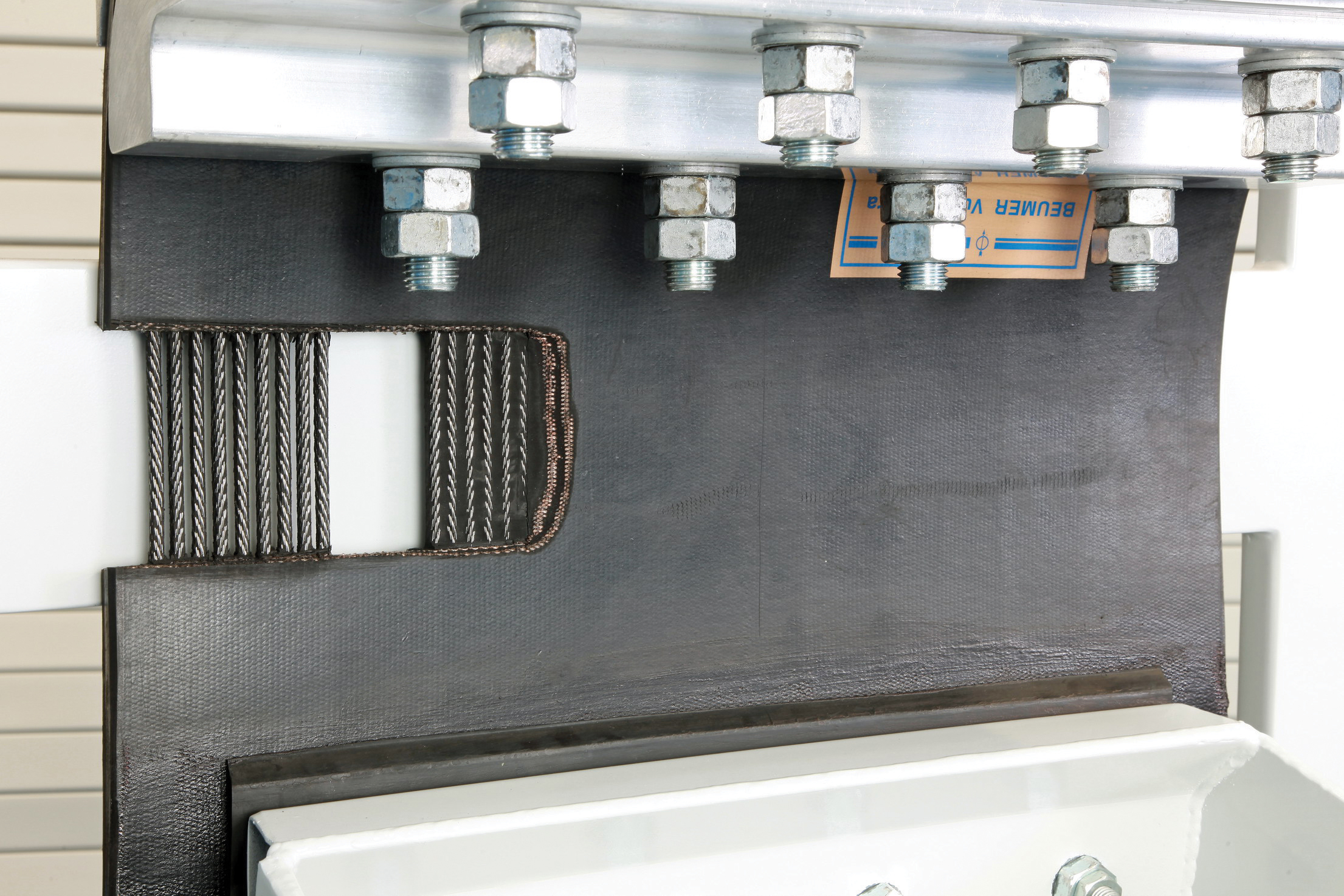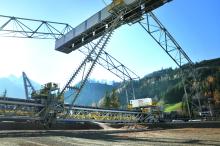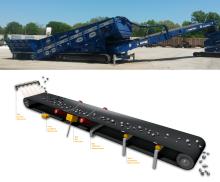
Conveyor equipment in a quarry takes a beating: anything that can make it last longer pays dividends as Patrick Smith discovers
Conveyors, like other means of moving material, have now become an integral part of many quarries. Indeed, a quarry operation’s harsh environments offer little respite when it comes to the performance of the conveying equipment: reliability and robust design are the top priorities in a quarry manager’s mind. Tight production deadlines and maintenance budgets mean downtime can be costly.
When
Intralogistics specialist
“Thanks to the state-of-the-art technology and a high sense of responsibility, we produce approximately 800,000tonnes of cement each day for various applications and requirements at our Wössingen site,” explains Stephan Schenk, head of servicing and development at Lafarge Zement Wössingen, where more than €60,000 was spent modernising systems in 2008 and 2009.
Now, the cement plant has a five-stage heat exchanger and a new clinker cooler.
“We changed from the Lepol process to the energy-saving dry process with heat exchanger and pre-calciner with no interruption to the operation. To make the production more cost-effective and environmentally sound, we changed from the two-kiln operation to a single rotary kiln,” says Schenk.
“The kiln line has now a considerably higher capacity. The system is fed with approximately 150tonnes of raw material per hour. Accordingly, the complete production has changed.”
Due to the increase in performance and modernisation of the kiln line, the flow rate of the bucket elevator, which transports limestone to the mill bunker for the raw mill, had to be increased considerably.
“Due to the higher flow rates we had to face more problems with the coarse-grained material. Larger particles became repeatedly jammed between belt and bucket, causing substantial wear.”
At first the engineers from the Wössingen plant wanted to replace the existing belt bucket elevator with a central chain bucket elevator.
“We would have solved the problem with the transport of coarse-grained material but a new central chain bucket elevator would have become quite expensive,” says Schenk.
“When specifying our conditions, Beumer recommended the newly-developed technology. “Central chain bucket elevators which transport limestone are subject to high wear as the raw material contains abrasive particles which act as sandpaper. Though identical with that of belt bucket elevators if used for materials that have little abrasive action, the service life of chain bucket elevators is much shorter in the case of strongly abrasive materials.
“After consultation with the Beumer specialists only the belt and the buckets were renewed applying the new heavy-duty technology. This technology is used to feed material with particle sizes up to 120mm and up to 6% moisture into the raw mill. The capacity is now 800tonnes per hour.”
The new bucket geometry means there is no gap between belt and bucket and coarse-grained material does not jam during scooping and filling process. The buckets are mounted firmly to the back of the belt by segments and bolts.
While developing the heavy-duty bucket elevator, the tensile strength of belts with wire-free zones was strengthened. The current belt has a tensile load of 2,500N/mm: the new belt with wire-free zones has a tensile load of 3,300N/mm.
“This solution saved us a lot of money. The complete modification cost about €80,000. In comparison, a new conventional belt would have cost €60,000, but if we assume that the Beumer solution lasts twice as long, the modification would amortise after a short period of time,” claims Schenk.








